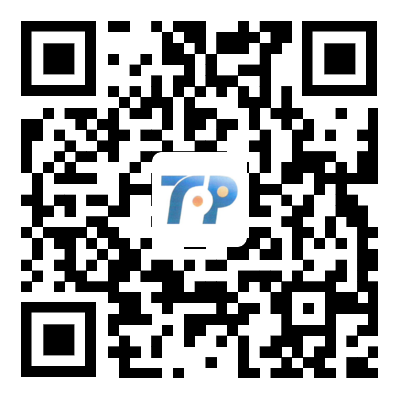What is RFID (radio frequency identification)?
RFID (radio frequency identification) is a form of wireless communication that incorporates the use of electromagnetic or electrostatic coupling in the radio frequency portion of the electromagnetic spectrum to uniquely identify an object, animal or person.
How does RFID work?
Every RFID system consists of three components: a scanning antenna, a transceiver and a transponder. When the scanning antenna and transceiver are combined, they are referred to as an RFID reader or interrogator. There are two types of RFID readers -- fixed readers and mobile readers. The RFID reader is a network-connected device that can be portable or permanently attached. It uses radio waves to transmit signals that activate the tag. Once activated, the tag sends a wave back to the antenna, where it is translated into data.
The transponder is in the RFID tag itself. The read range for RFID tags varies based on factors including the type of tag, type of reader, RFID frequency and interference in the surrounding environment or from other RFID tags and readers. Tags that have a stronger power source also have a longer read range.
What are RFID tags and smart labels?
RFID tags are made up of an integrated circuit (IC), an antenna and a substrate. The part of an RFID tag that encodes identifying information is called the RFID inlay.
There are two main types of RFID tags:
Active RFID. An active RFID tag has its own power source, often a battery.
Passive RFID. A passive RFID tag receives its power from the reading antenna, whose electromagnetic wave induces a current in the RFID tag's antenna.
There are also semi-passive RFID tags, meaning a battery runs the circuitry while communication is powered by the RFID reader.
Low-power, embedded non-volatile memory plays an important role in every RFID system. RFID tags typically hold less than 2,000 KB of data, including a unique identifier/serial number. Tags can be read-only or read-write, where data can be added by the reader or existing data overwritten.
The read range for RFID tags varies based on factors including type of tag, type of reader, RFID frequency, and interference in the surrounding environment or from other RFID tags and readers. Active RFID tags have a longer read range than passive RFID tags due to the stronger power source.
smart labels are simple RFID tags. These labels have an RFID tag embedded into an adhesive label and feature a barcode. They can also be used by both RFID and barcode readers. Smart labels can be printed on-demand using desktop printers, where RFID tags require more advanced equipment.
What are the types of RFID systems?
There are three main types of RFID systems: low frequency (LF), high frequency (HF) and ultra-high frequency (UHF). Microwave RFID is also available. Frequencies vary greatly by country and region.
Low-frequency RFID systems. These range from 30 KHzto 500 KHz, though the typical frequency is 125 KHz. LF RFID has short transmission ranges, generally anywhere from a few inches to less than six feet.
High-frequency RFID system These range from 3 MHzto 30 MHz, with the typical HF frequency being 13.56 MHz. The standard range is anywhere from a few inches to several feet.
UHF RFID systems. These range from 300 MHz to 960 MHz, with the typical frequency of 433 MHz and can generally be read from 25-plus feet away.
Microwave RFID systems. These run at 2.45 Ghzand can be read from 30-plus feet away.
The frequency used will depend on the RFID application, with actual obtained distances sometimes varying from what is expected. For example, when the U.S. State Department announced it would issue electronic passports enabled with an RFID chip, it said the chips would only be able to be read from approximately 4 inches away. However, the State Department soon received evidence that RFID readers could skim the information from the RFID tags from much farther than 4 inches -- sometimes upward of 33 feet away.
If longer read ranges are needed, using tags with additional power can boost read ranges to 300-plus feet.

RFID applications and use cases
RFID dates back to the 1940s; however, it was used more frequently in the 1970s. For a long time, the high cost of the tags and readers prohibited widespread commercial use. As hardware costs have decreased, RFID adoption has also increased.
Some common uses for RFID applications include:
pet and livestock tracking
inventory management
asset tracking and equipment tracking
inventory control
cargo and supply chain logistics
vehicle tracking
customer service and loss control
improved visibility and distribution in the supply chain
access control in security situations
shipping
healthcare
manufacturing
retail sales
tap-and-go credit card payments


 Tel
Tel
 Email
Email

 Wechat
Wechat
